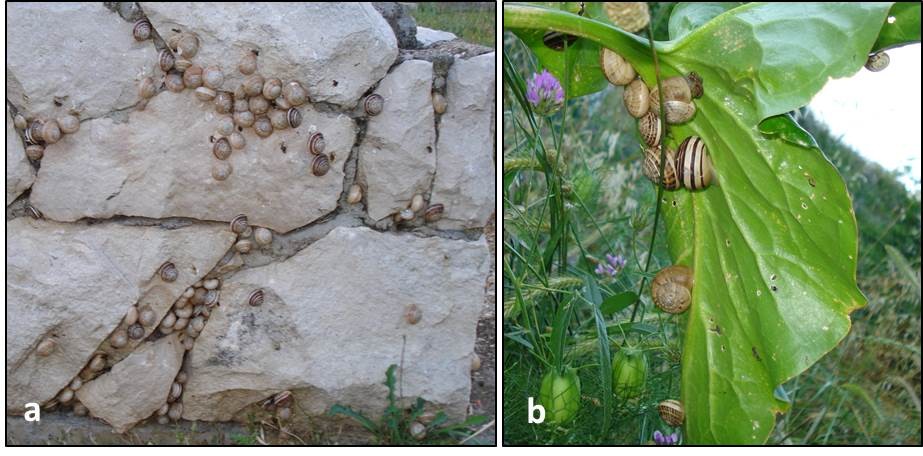Advertisement:
Journal of Entomology and Zoology Studies
Volume 1, Issue 4
Phylogeography of the Land Snail Eobania vermiculata (O.F. Müller, 1774) (Gastropoda: Pulmonata) along the Croatian Coast and Islands
Author(s): Jasna Puizina 1*, Željana Fredotović 1, Ivica Šamanić, Tea Šušnjara1, Lovorka Kekez1, Dubravka Cukrov1 and Grgur Pleslić 2
1. University of Split, Faculty of Science, Department of Biology, Teslina 12, 21 000 Split, Croatia, Europe.
2.Blue World Institute of Marine Research and Conservation, 51551, Veli Lošinj, Kaštel 24, Croatia.
Abstract: Eobania vermiculata (O.F. Müller, 1774), is a typical Mediterranean species of large land snails. Nonindigenous populations of this species, however, are already established in the USA, Australia and elsewhere in the world, where this species is considered to represent a potentially serious threat as a pest and invasive species. The aims of this study were: 1) to determine the pattern of genetic variation within the Croatian E. vermiculata populations based on analyses of sequence diversity of two mitochondrial genes, 16S rDNA and the cytochrome oxidase I (COI), and 2) to shed more light upon the phylogeography of E. vermiculata in this area. Seventy-seven specimens of land snail Eobania vermiculata weresampled at 19 sampling sites along Croatian coastal region and islands. The partial 16S rRNA gene sequences (379 bp) grouped into 14 haplotypes, whereas the partial COI gene sequences (523 bp) grouped into 13 haplotypes. The overall population is characterized by relatively high haplotype (gene) diversity (0.719±0.042 for 16S rDNA and 0.869±0.020 for COI). Demographic Fu F’s tests and Tajima's D value indicated no significant change in the population size, thus suggesting long historical presence of E. vermiculata in this region. Maximum likelihood phylogenetic analysis, Bayesian inference and median joining haplotype network showed a genetic splitting of Croatian 16S rRNA and COI sequences, with a clear distinction between south-Adriatic and north-Adriatic haplotypes. A possible explanation for the observed phylogeography of E. vermiculata, could be related to the climate change, glaciations and the Adriatic Sea level oscillations during the Quaternary.
Rlelated graphics: click here

Download Full Article : Click Here
Advertisement:


